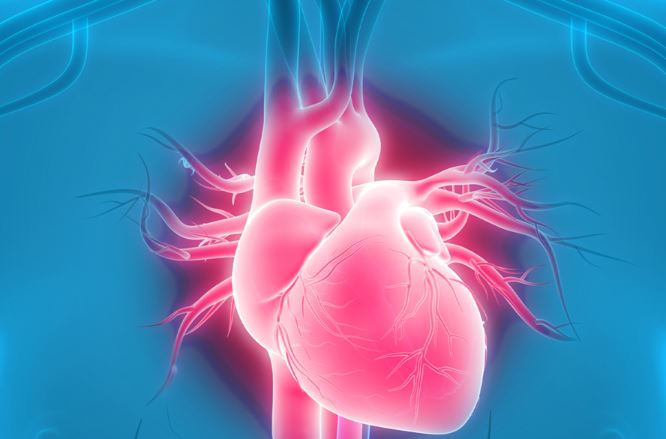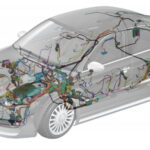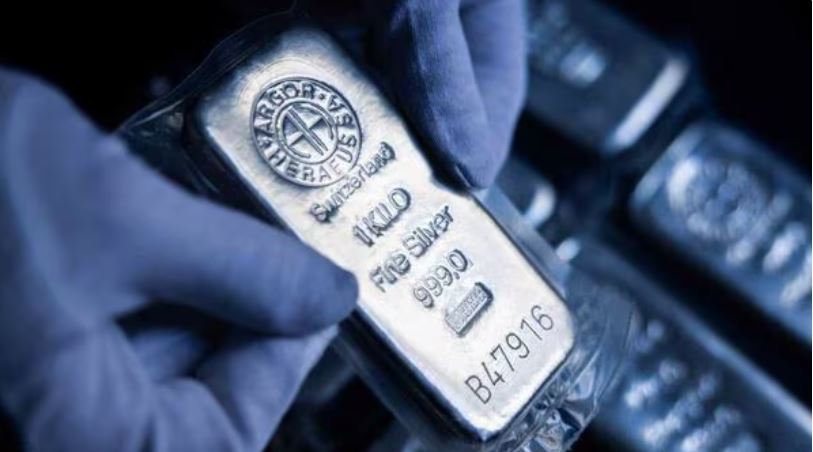The human heart, a tireless engine, deserves the best possible care. In recent years, structural heart disease intervention has witnessed a remarkable evolution, driven by groundbreaking advancements in minimally invasive techniques and innovative device technologies.
The structural heart devices market has witnessed significant growth in recent years, driven by an increasing prevalence of structural heart diseases, technological advancements, and a growing demand for minimally invasive procedures. This blog delves into the current trends shaping the structural heart devices market, offering a glimpse into the future of cardiac care. Let’s explore the market and what it means for patients, clinicians, and industry stakeholders.
1. Minimally Invasive Reigns Supreme:
- Transcatheter Aortic Valve Replacement (TAVR): No longer confined to high-risk surgical candidates, TAVR has become a mainstream treatment option for aortic stenosis. Continued refinements in valve design, delivery systems, and procedural techniques are expanding patient eligibility and improving outcomes.
- Transcatheter Mitral Valve Repair (TMVR): This burgeoning field holds immense promise for patients with mitral regurgitation. Innovative clip-based systems and edge-to-edge repair techniques are demonstrating encouraging results, offering a less invasive alternative to traditional mitral valve surgery.
- Left Atrial Appendage Closure (LAAC): To reduce the risk of stroke in patients with atrial fibrillation, LAAC devices are gaining traction. These devices effectively seal off the left atrial appendage, a common source of blood clots.
2. Technology Taking a Center Stage:
- Image-Guided Interventions: Advanced imaging modalities, such as 3D echocardiography and computed tomography (CT), revolutionize procedural accuracy and safety. These technologies provide real-time, high-resolution images, enabling precise device placement and minimizing complications.
- Artificial Intelligence (AI): AI is poised to transform various aspects of structural heart care, from patient risk stratification and treatment planning to real-time procedural guidance and post-operative monitoring.
- Robotic Assistance: Robotic-assisted interventions offer enhanced precision, dexterity, and surgeon ergonomics, potentially improving patient outcomes and reducing procedural times.
3. Patient-Centered Approach:
- Personalized Medicine: A deeper understanding of individual patient anatomy and physiology drives the development of personalized treatment plans. This approach aims to select the most appropriate device and technique for each patient, maximizing the likelihood of successful outcomes.
- Enhanced Patient Experience: Minimally invasive procedures often result in shorter hospital stays, faster recovery times, and reduced pain, improving patient satisfaction and quality of life.
- Remote Monitoring and Telehealth: Remote patient monitoring technologies enable continuous surveillance of post-procedural outcomes, facilitating early detection of complications and enabling timely interventions.
Researchers at Queen Mary University of London and Barts Health pioneered TAVR-AID, a tool replicating blood flow in the aorta. On December 11, 2024, researchers developed a new tool to help surgeons precisely plan heart valve replacements. The tool uses AI and 3D imaging to create personalized models, reducing complications and improving outcomes. This innovative digital model generates a customized, virtual replica of each patient’s aorta, enabling surgeons to rehearse and refine their surgical strategies before actual operations.
The Future of Structural Heart Care
Structural heart care is rapidly evolving, driven by technological advancements and a deeper understanding of cardiac conditions. This progress promises to revolutionize how one treats heart diseases, offering patients improved outcomes and a better quality of life.
Key Areas of Development
1. Novel Devices and Therapies:
- Regenerative Medicine: Research is ongoing in developing therapies that can regenerate damaged heart tissue, potentially offering a cure for certain heart conditions.
- Artificial Intelligence (AI) and Machine Learning (ML): AI and ML analyze patient data, predict outcomes, and personalize treatment plans.
2. Improved Durability and Longevity:
- Biocompatible Materials: Researchers are developing new materials for heart implants that are more durable, less prone to wear and tear, and better integrated with the body.
- Minimally Invasive Techniques: Advancements in minimally invasive procedures reduce the risk of complications and shorten recovery time.
3. Expanded Access and Equity:
- Telehealth and Remote Monitoring: Telehealth technologies enable remote monitoring of patients, improving access to care, especially in underserved areas.
- Global Collaboration: International collaborations foster knowledge sharing and resource exchange to advance structural heart care worldwide.
Boston Scientific launched a next-generation cardiac mapping system for its FARAPULSE Pulsed Field Ablation (PFA) system. On October 22, 2024, the company received U.S. FDA approval for its navigation-enabled FARAWAVE NAV Ablation Catheter and 510(k) clearance for FARAVIEW Software. These advancements, designed for paroxysmal atrial fibrillation treatment, improve cardiac ablation procedures by enhancing visualization using the FARAPULSE PFA System and compatible mapping technologies, including the OPAL HDx. The “Map It” technology provides real-time, high-resolution cardiac maps, enabling electrophysiologists to target ablation therapy more precisely. This launch marks a significant milestone in Boston Scientific’s expanding cardiac ablation portfolio.
Emerging Markets and Opportunities
The structural heart devices market is expected to witness significant growth in emerging markets, driven by an increasing prevalence of structural heart diseases, improving healthcare infrastructure, and growing demand for minimally invasive procedures. According to recent research, the market was estimated at USD 6.9 billion in 2023, growing at a compound annual growth rate (CAGR) of 9.3% from 2023 to 2030.
By embracing innovation and prioritizing patient-centered care, structural heart disease intervention is poised to continue its remarkable trajectory, offering hope and improved outcomes for countless patients worldwide.
In a Heartbeat
The structural heart devices market is witnessing significant growth, driven by an increasing prevalence of structural heart diseases, technological advancements, and a growing demand for minimally invasive procedures. As the market continues to evolve, one can expect to see a growing focus on patient-centric care, emerging markets, and opportunities for innovation and growth.
















